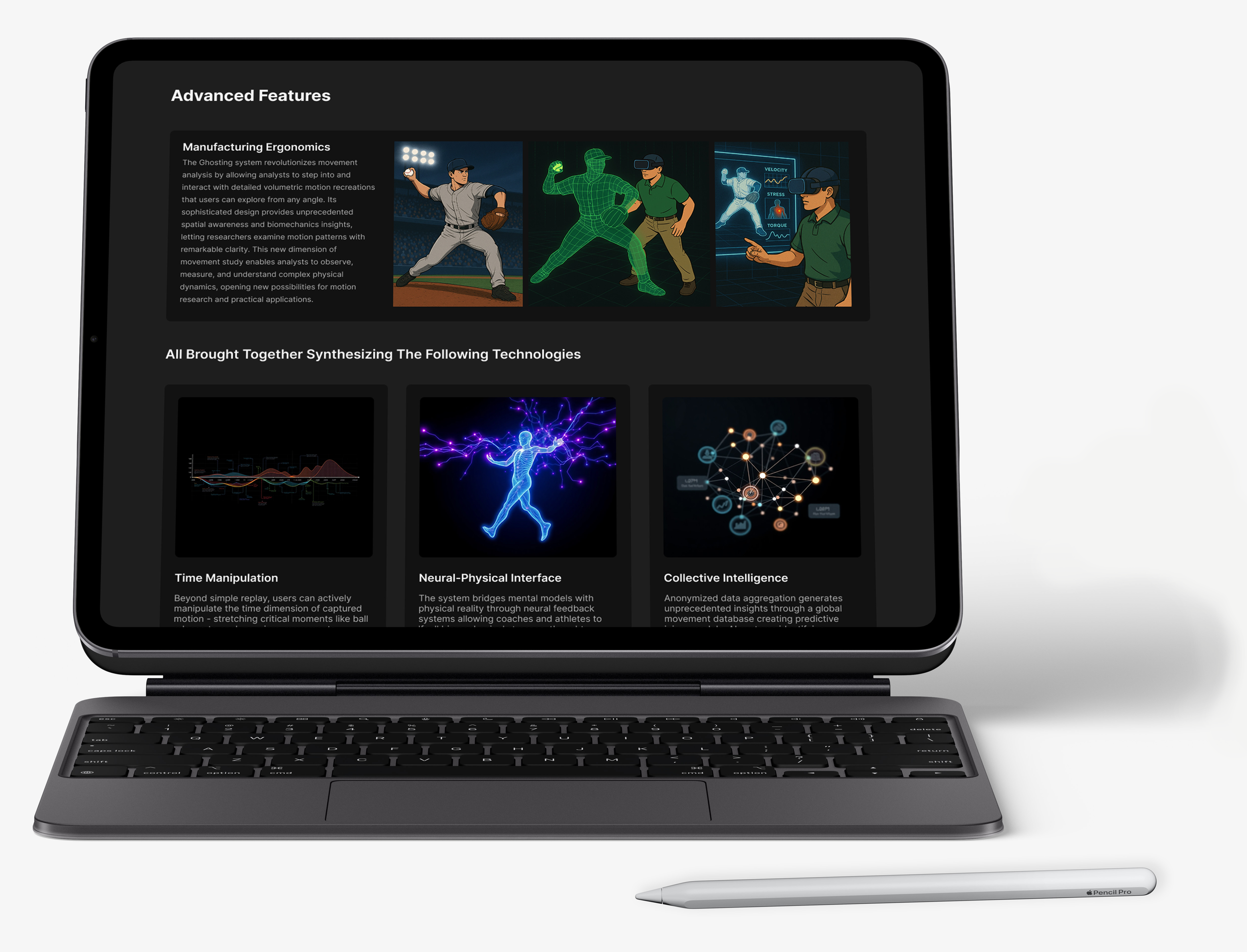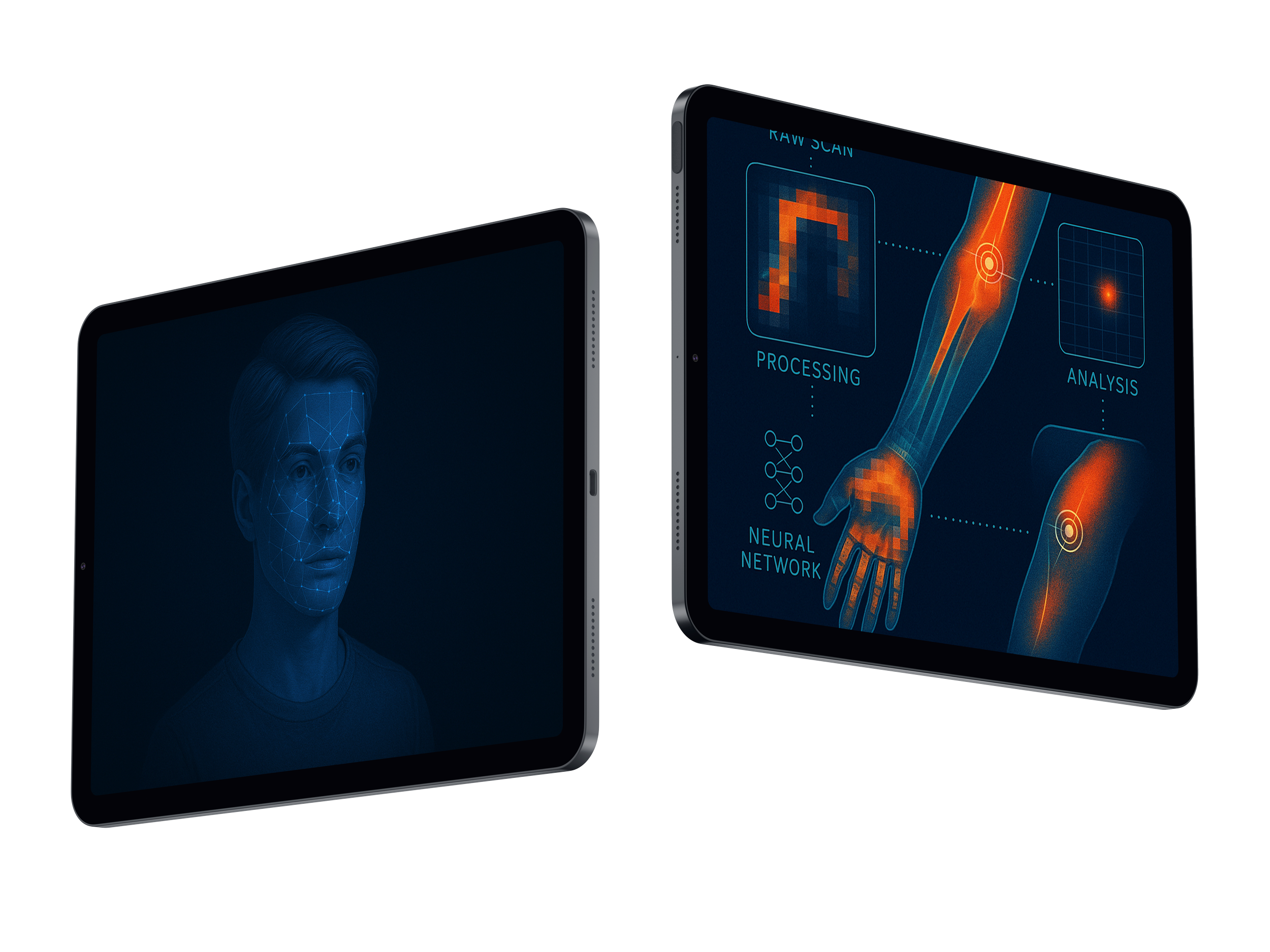Data Driven Process
I build on generative research by aligning business goals with collaborative UX practices, combining them with machine learning as a creative partner and iterative, user-tested design. My process focuses on systems that scale, drive measurable outcomes, and deliver personalized experiences—without losing sight of clarity, context, and care.
Anthony Dunne & Fiona Raby
"Design needs to be more ambitious and look beyond the narrow product design focus to address broader social, political and ethical issues that shape behavior and society."
My Core Approach To Understanding Situations and Designing to Make Them Immersive As On Mission
Discovery
ChatGPT, Userpersona.dev, Dovetail, Otter.ai
Consensus
Claude, Miro AI, Notion AI, Affinity.co
Design
DALL-E, ChatGPT, Midjourney, UX Pilot or Uizard, ProtoPie
Test & Measure
In-House Custom ML, Lookback.io, Maze, UserTesting.com
Data Driven Discovery
It begins with a vision, problem, idea, or change. Clearly defining the problem and deciding how to tackle a new project, along with its goals, is essential. Establishing strong, measurable requirements and key performance indicators (KPIs) lays the groundwork for the project's success in meeting goals and forecasting for the future
Consensus On Design And Business Goals
AI-guided UX research applies machine learning algorithms to automate user behavior analysis, pattern recognition in usage data, and real-time sentiment analysis from user interactions, enabling researchers to rapidly identify pain points and optimize digital experiences with data-driven insights at unprecedented scale and speed.
Design Activities
AI-powered design activities utilize generative algorithms and machine learning models to automate wireframing, suggest layout variations, generate color palettes based on brand guidelines, and create personalized UI components, while continuously learning from user interactions to refine design decisions and maintain consistency across digital products.
Testing and Handoff
AI-enhanced testing and handoff processes leverage automated usability testing tools, AI-driven bug detection, and intelligent design token systems to identify accessibility issues, generate comprehensive design documentation, facilitate seamless developer handoffs with auto-generated style guides, and predict component reusability across platforms while ensuring pixel-perfect implementation through computer vision validation.
What People Are Saying
"The future of UX isn't about replacing designers—it's about amplifying human empathy with computational insight. AI will handle the routine, but the magic happens when human creativity meets algorithmic precision."
Sarah Chen, Director of Design Research, Stanford Design School
The most profound impact of AI on UX will be democratization. Soon, anyone with empathy and understanding will be able to create meaningful digital experiences, not just those with years of technical training."
— Dr. Priya Patel, AI and Design Ethics Researcher, MIT Media Lab
"We're entering an era where AI doesn't just assist in design—it becomes the ultimate collaborator, understanding user behavior patterns at scale while designers focus on crafting emotionally resonant experiences."
— Marcus Rodriguez, Chief Design Officer, Adobe Systems
"By 2030, the distinction between UX designer and AI researcher will blur. The most successful designers will be those who can speak both languages—human emotion and machine learning—fluently."
— James Wilson, Lead UX Researcher, Google Cloud
Figma's Q1 2025 User Stats
AI features in Figma now save users an average of 12 hours per week
Adobe's Creative Productivity Index (February 2025)








